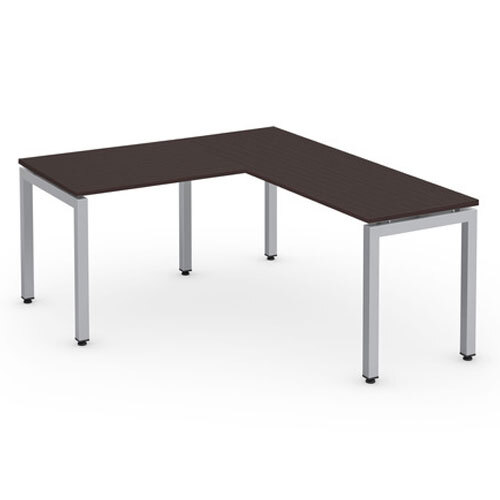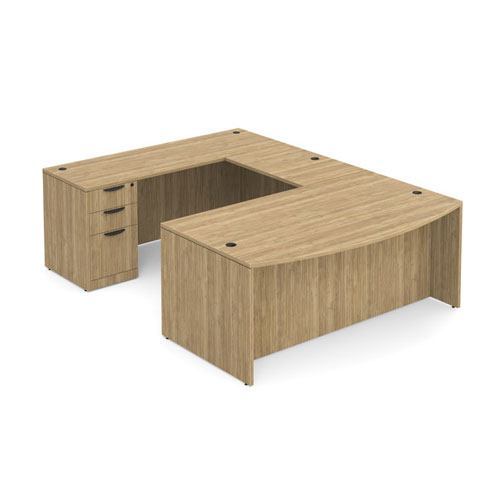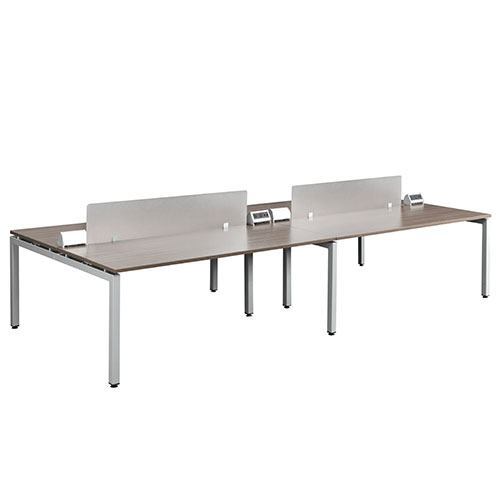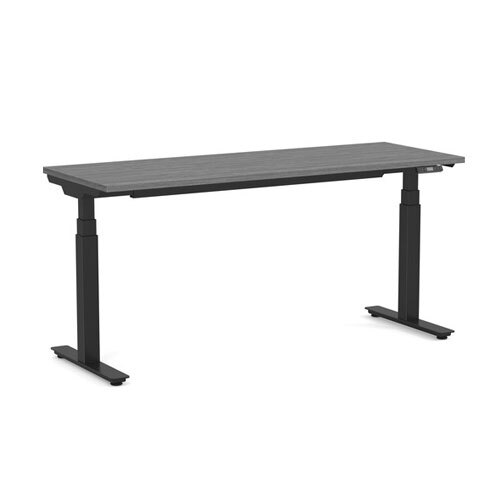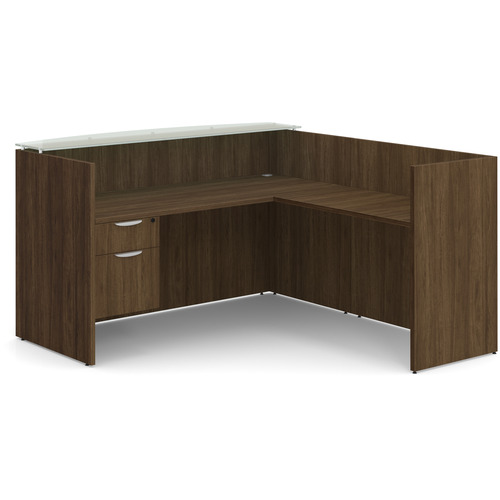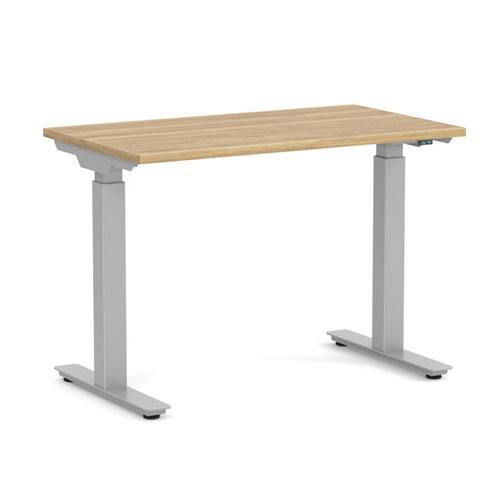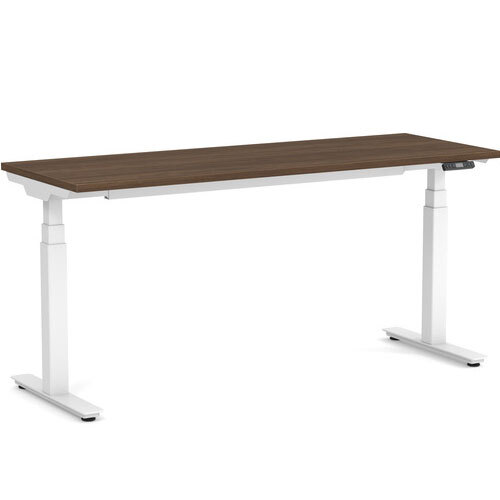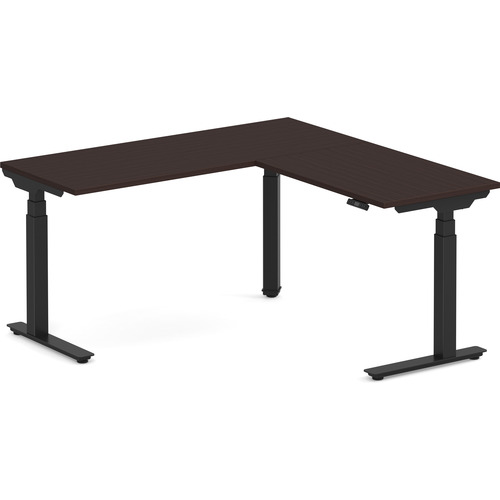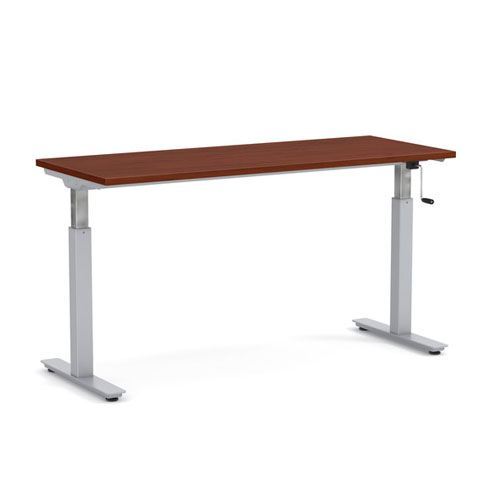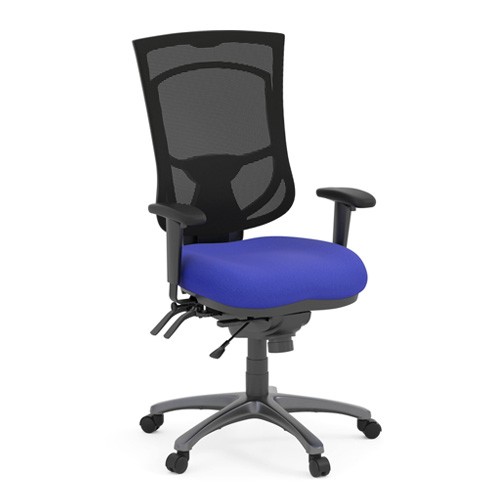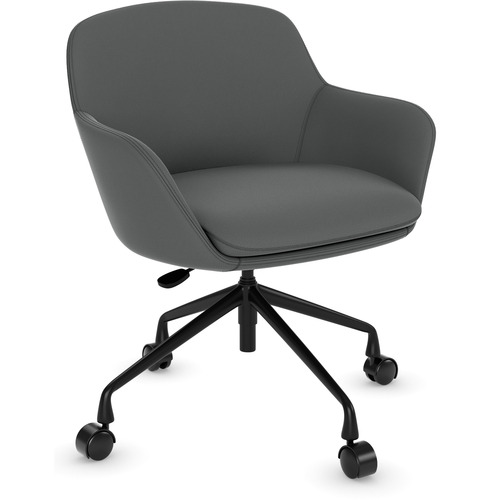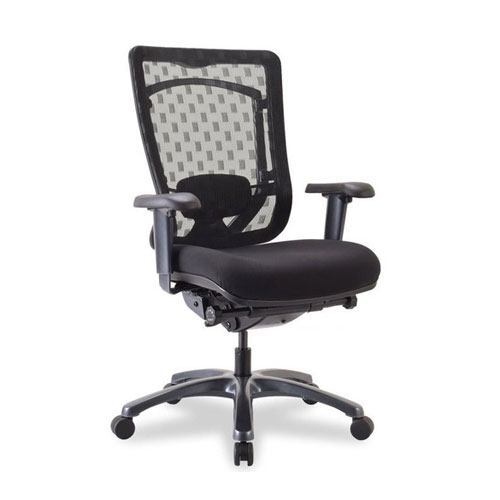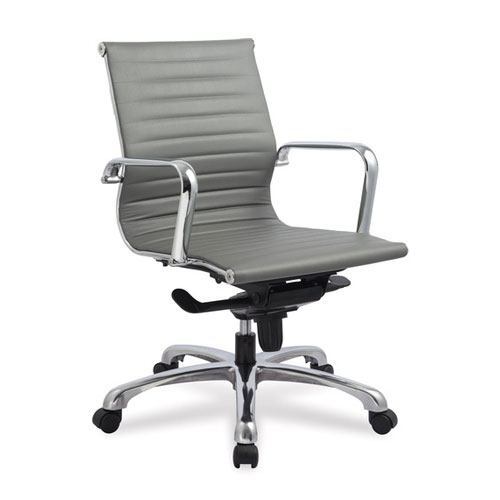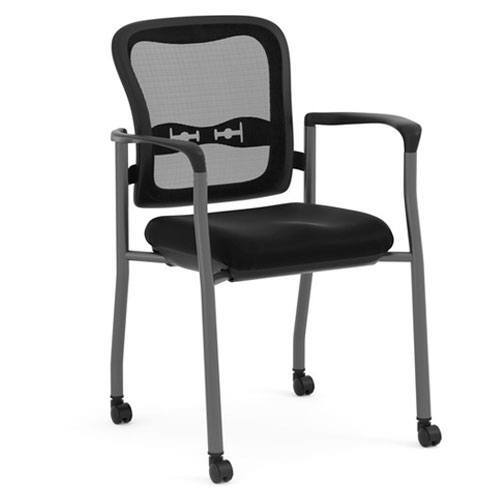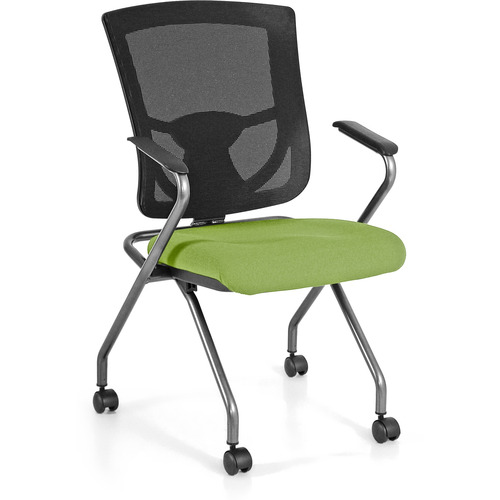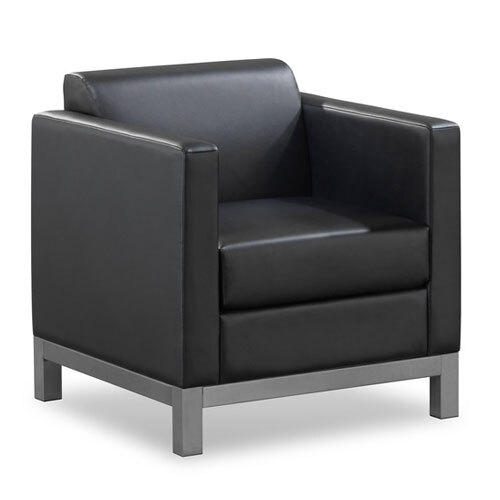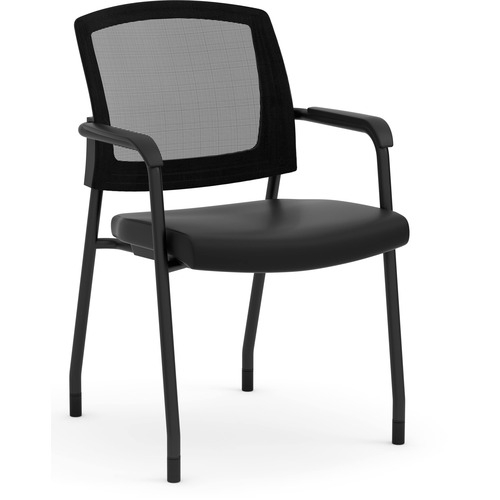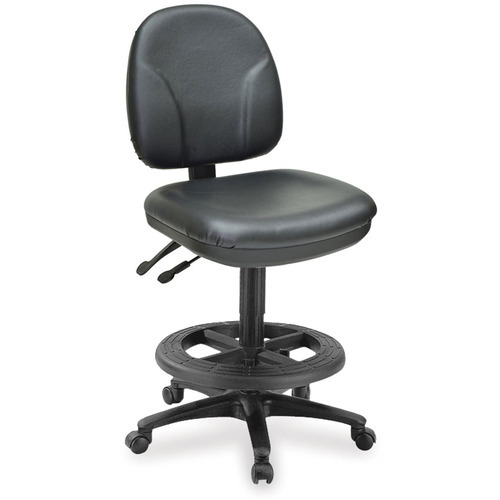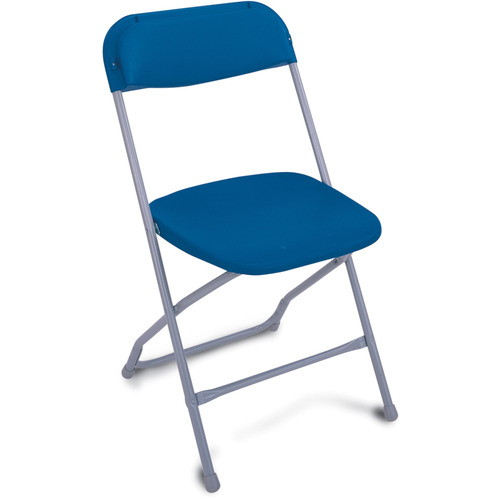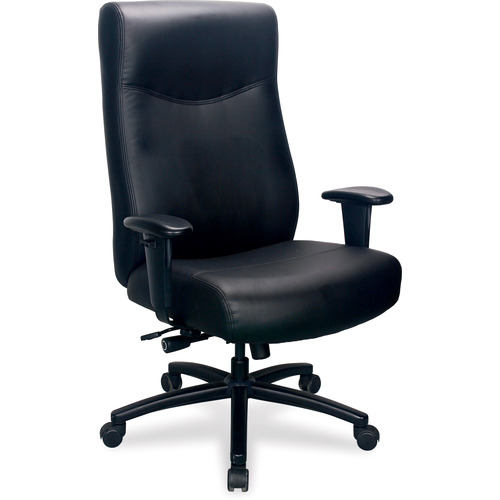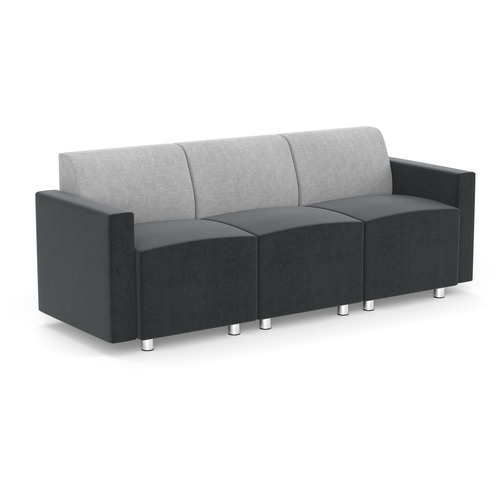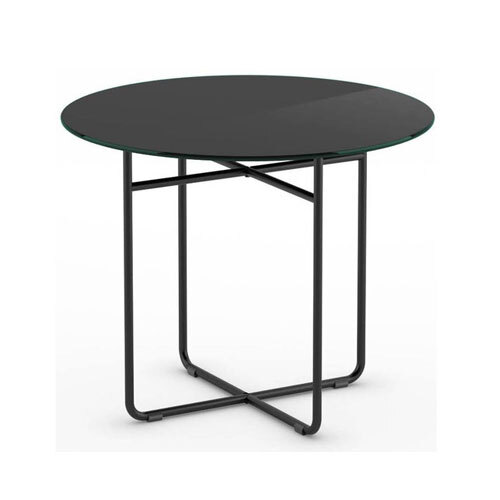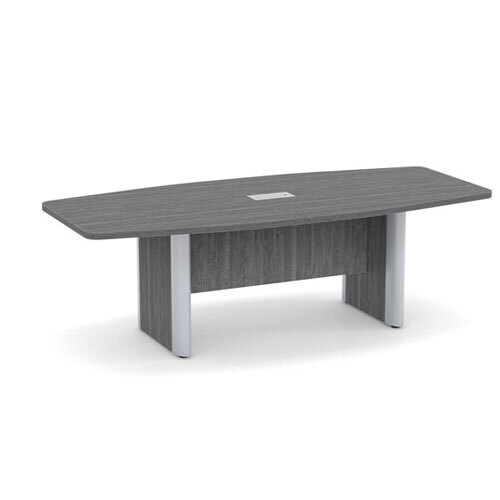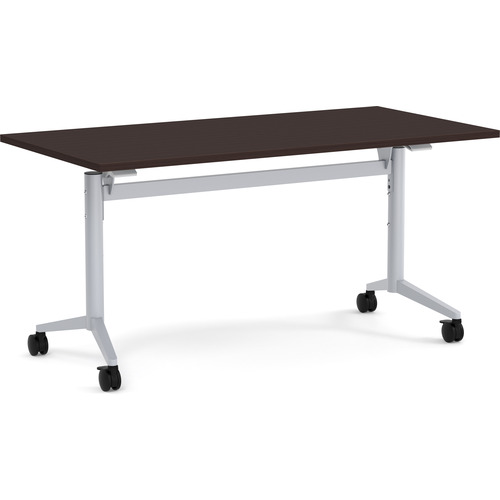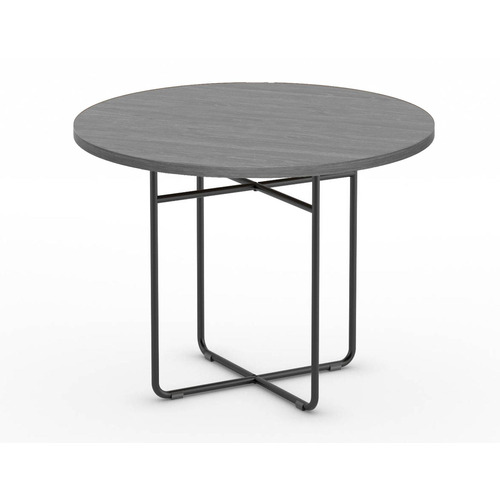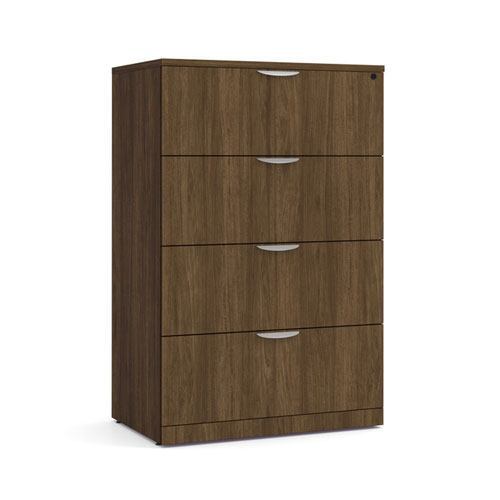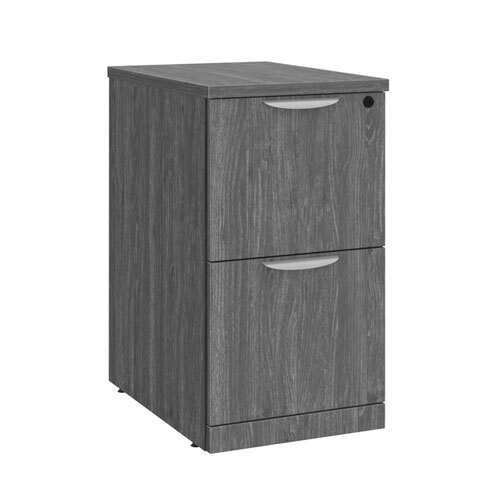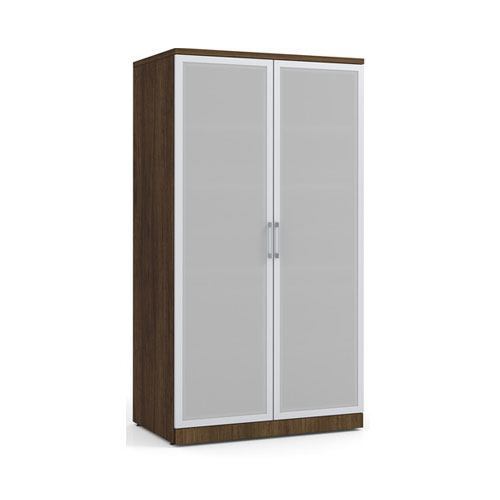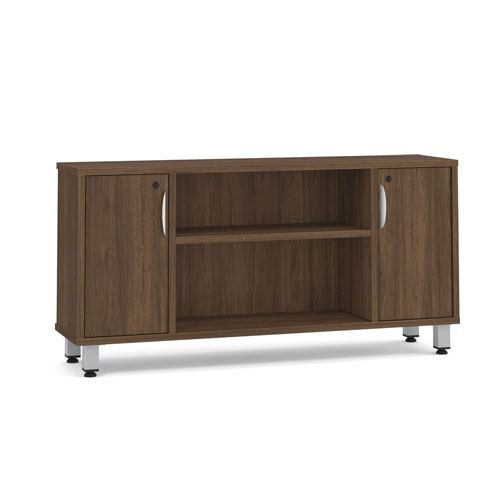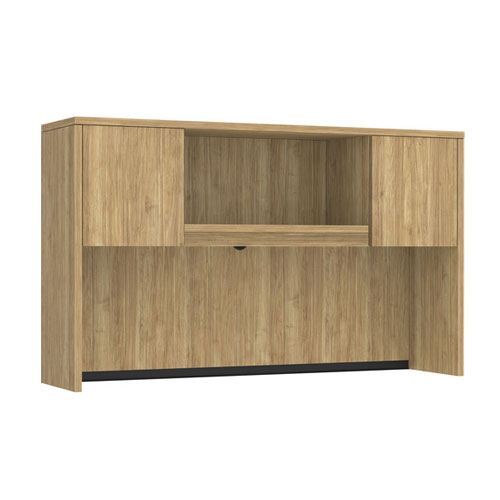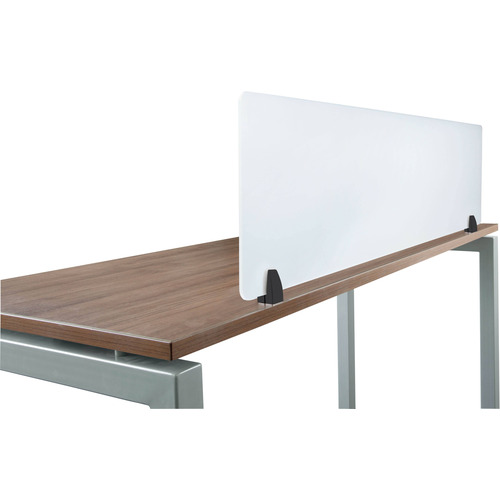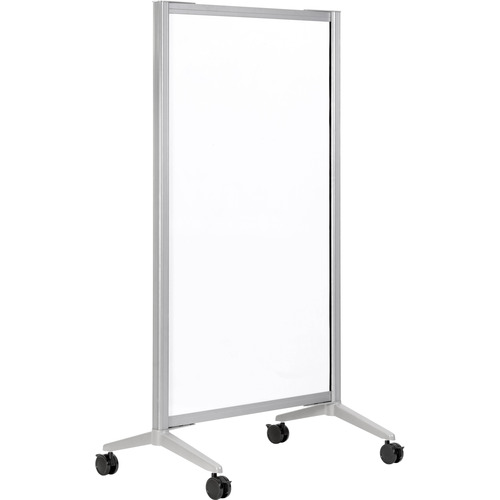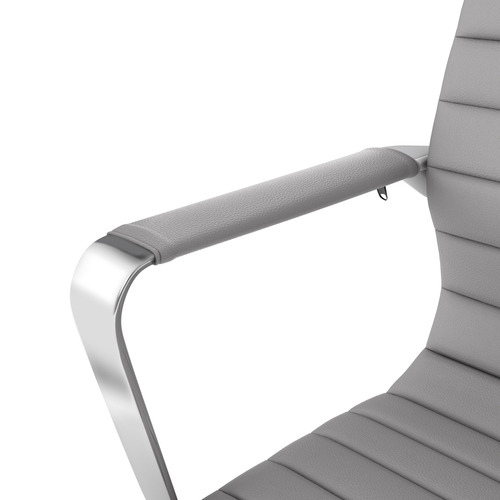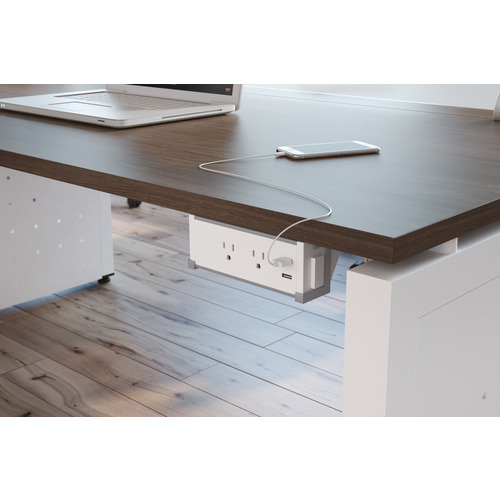Desks and Workstations
Shop All Desks and Workstations
Elements Desk 24" x 48" - Modern Walnut with Black Legs
p/n: ELESD2000NMWNMWNBLK
Elements Desk 24" x 48" - Newport Grey with Black Legs
p/n: ELESD2000NNPGNPGBLK
Elements Desk 24" X 48" - Silver Birch with Black Legs
p/n: ELESD2000NSLBSLBBLK
Office Desks and Workstations
A desk is more than just a place to set your laptop or papers, it's the heart of your workspace. Whether you’re working from home or in the office, your desk plays a big part in shaping the environment where your ideas come to life. At Source, we understand how important it is to find the right office desk. That’s why we offer a wide range of desking and workstation solutions, making it easy for you to find the perfect fit for your space and style.
Why Choose Source Office Furniture
Our desks and workstations are highly customizable. From shape and size to leg design and finishes, Source lets you build a desk that perfectly supports everything you do. If you're not sure which desk to choose, our office furniture specialists will guide your through your options online, over the phone, or in person.


